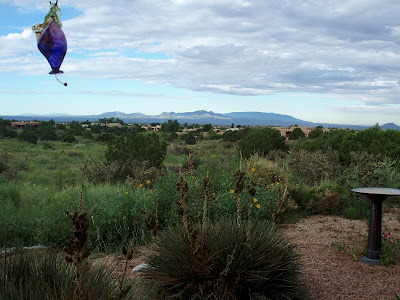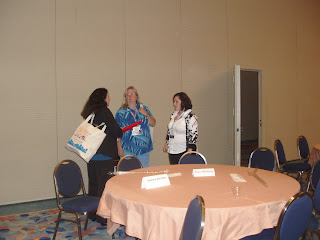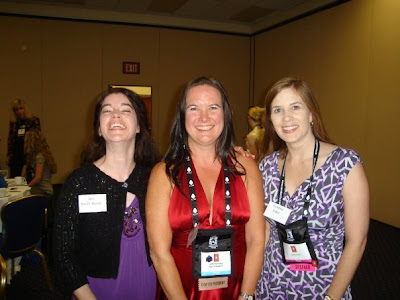
We’ve fallen into our pattern of afternoon monsoons here in the high desert of New Mexico.
Our mornings are bright and clear for the most part. Mid- to late-afternoon brings the storm clouds. Black bottomed, they lumber up the valley from the Sandias and drop rain in great washes of benediction.
The dog cowers in terror at the storms, sleeping as nearly under my chair as he can manage, while the cats snooze in the cool damp air.
Sunset blazes into glory, illuminating the scattered storms, turning the clouds into pink and cold fantasies. Sometimes the rain comes in again, rising and falling through the night.
Apropos of nothing, I know. But it sets the pattern of our days.
I haven’t liked the last couple of books I’ve picked up. I thought maybe it was me and my mucus-addled, over-tired brain, so I kept trying. One, though, I’ve given up on. I just couldn’t like the heroine. She’s a succubus and a victim. She staggers from one sexual encounter to another, as she has for centuries. The sexual acts are unrelentingly graphic and, worse, repetitive. I know this might sound funny coming from me, but I get bored of it. Worse, I feel soiled. I know that she must get her act together at some point, become strong and triumph over all. In my heart I don’t believe it. She’s not real to me and I’m halfway through. I couldn’t bear it any more. I finally put it down.
The book I picked up is by a totally different premise, by a Famous Author, who I hadn’t read before. This heroine is sweet, nobly wanting to save everyone. She is also a victim, passed over at work, unlucky in love for unclear reasons. I’m wanting to like her and I’m having a hard time. I don’t quite understand why the author is so highly regarded. The insidious thought creeps in, even as I’m talking to editors and agents about my own beloved novel, will I become one of these authors who resents the bestsellers?
I’ve never been that sort of person.
But the market is funny now. There’s gluts of certain kinds of books, publishers hopeful of tagging along with a trend. Everyone is searching for the new permutation of the kick-ass heroine. Maybe the drug-addicted, the abused and overlooked are the natural starting points. Maybe it’s just me.
I find what I’m missing is really good characterization. I mentioned the other day that Susan Elizabeth Phillips advised that you should write characters the reader can’t bear to be parted from. Her heroines are not always admirable to begin with. In Ain’t She Sweet, the heroine was a stuck-up, nasty girl in high school who treated people badly. She returns to her hometown, where everyone hates her, broken and defeated by life. By the end of the book, you just love her and how she overcomes it all.
Susan is right – when I think of the books I love most, I think of the characters. They’re like real people to me. I miss them and sometimes go back to re-read, just to spend a little time with them again.
That’s the magic.























